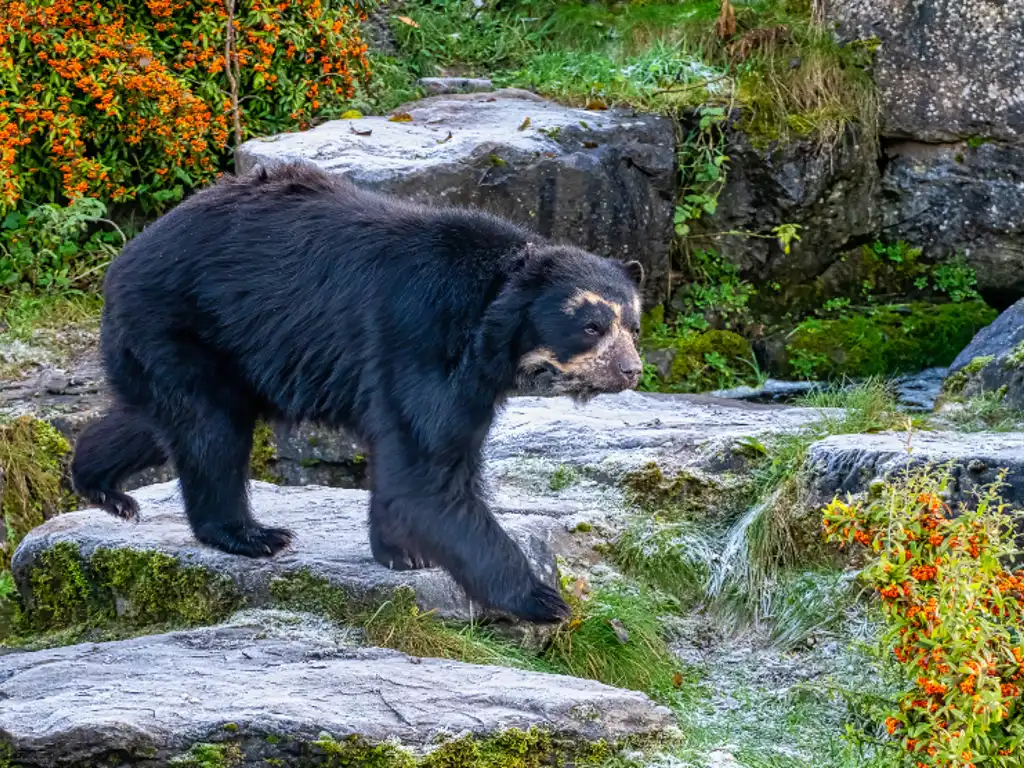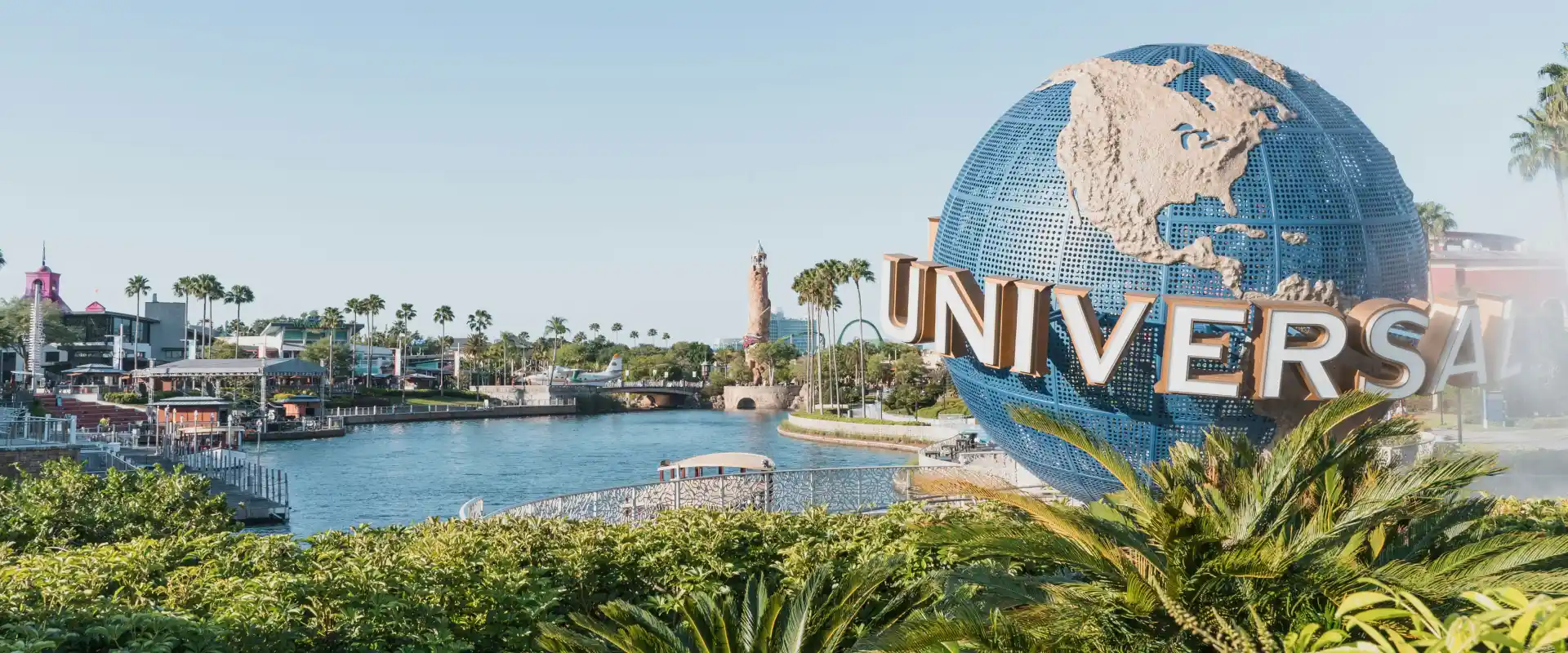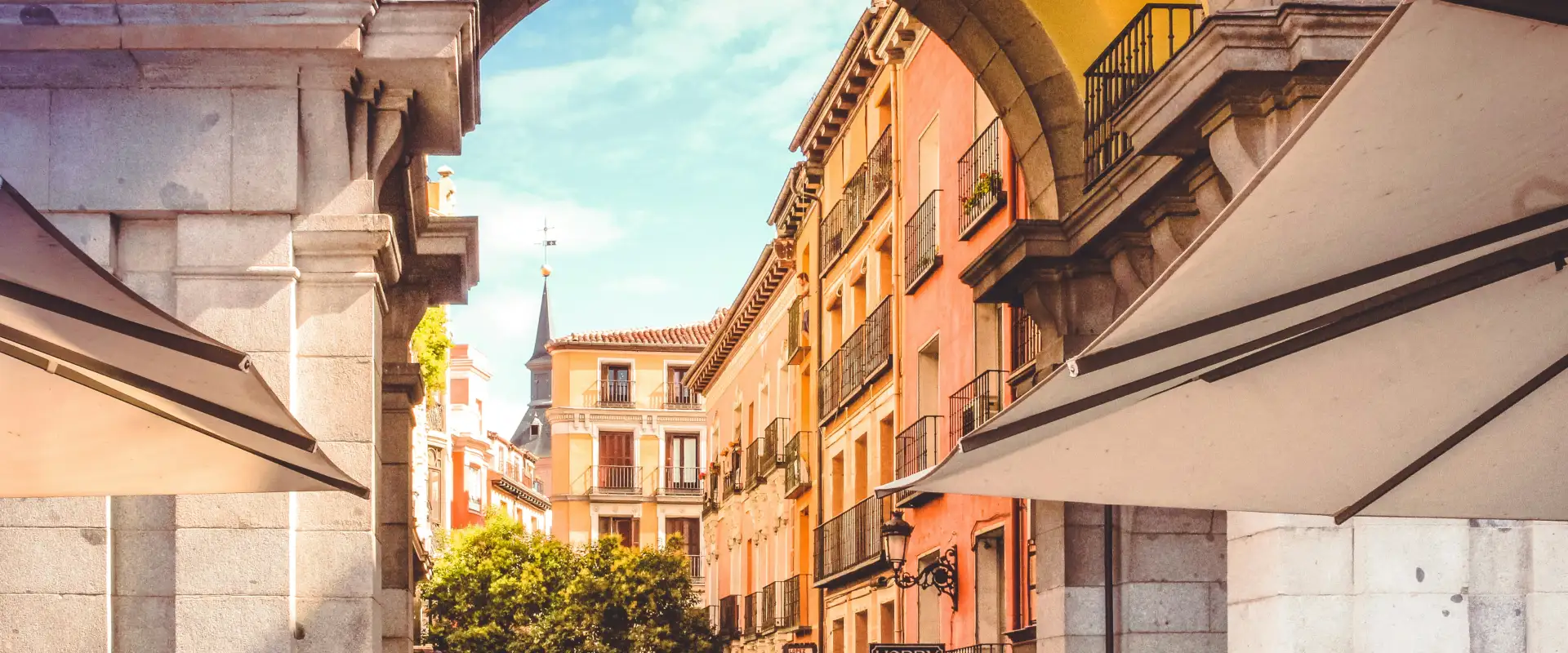
Inkaterra Machu Picchu Pueblo Hotel: The Boutique Eco-Hotel With Its Own Bear Sanctuary
Like most hotels near the bucket-list behemoth Machu Picchu, Inkaterra Machu Picchu Pueblo Hotel may seem like simply a place to crash after a long day of exploring Incan ruins. But this five-star Peruvian eco-lodge nestled in 12 acres of cloud forest is worth a visit in itself. Steps outside your casita, you can trek miles of serene hiking paths, admire over 300 species of orchids, and take birdwatching tours to spot colorful quetzals and cocks-of-the-rock, the national bird of Peru. There’s also a natural hot spring pool hidden in the foliage and an Andean sauna where stones from nearby rivers are heated in a candlelit eucalyptus hut to produce steam.
But the best part? Venture a little deeper into the jungle, and you’ll find a few Andean bears who have been living their best life at Inkaterra’s quiet bear sanctuary for the past two decades.

The Andean bear, also known as the spectacled bear due to the endearing cream-colored markings around its eyes, is the only bear species native to South America, primarily found throughout Bolivia, Colombia, Ecuador, Peru, and Venezuela. As I learned during my visit to the sanctuary, it’s much at home in the forests of the Andes, where it climbs trees and builds platforms out of branches in search of ripe fruit and bromeliads. Sadly, the Andean bear population has long been shrinking due to poaching, habitat loss, and human-wildlife conflict. The good news is there are plenty of bear lovers in Peru—and the Inkaterra Andean Bear Sanctuary located within the hotel property, in particular—who pour their love for this species into conservation efforts.
Inkaterra doesn’t really advertise the bear sanctuary—which opened in 2001 and has hosted at least five bears over the years—perhaps to avoid overwhelming them with a surge of visitors. For the same reason, keepers set aside limited time slots each day for hotel guests to visit the sanctuary. My reservation was at 8 in the morning—I normally make it a rule not to be out of bed before 9 on vacation, but this was well worth rising early for.

To reach the bears, our keeper led us on a 15-minute walk through the hotel’s grounds. That may not seem far, but after 15 minutes in the dense jungle, we could neither see nor hear any sign of the hotel or the surrounding town of Aguas Calientes. It seemed an ideal place for the bears, where they wouldn’t feel crowded by human activity. We were also pleased to see that they had spacious enclosures, with plenty of raised platforms to exercise their love of climbing.
Our guide taught us about this indigenous species and the threats they face. Andean bears are listed as vulnerable on the IUCN Red List, meaning they’re at high risk of extinction, with fewer than 10,000 bears left in the wild. Their habitat has been shrinking for decades due to human activities like logging, mining, and agriculture, and because these bears require large swaths of land to roam, some parts of their remaining habitat are too small for them to survive. As their range becomes more fragmented, they come into more conflict with humans—like farmers, who resort to killing the bears to prevent damage to their crops.

When they started the bear sanctuary years ago, Inkaterra’s goal was to rehabilitate bears and release them back into the wild when possible. After rescuing bears from circuses, zoos, and families who tried to keep them as pets, they realized the bears had spent too long in captivity to be successfully reintroduced to their natural habitat. They then considered trying to breed the bears, but experts warned against this because the mother would not have the necessary knowledge to teach her cubs how to survive in the wild. Inkaterra reports it successfully reintroduced one of its bears, Paula, into the wild, but in most cases, the sanctuary has committed itself to caring for its beloved bears and helping them make the most of their retirement. Based on what I saw, they seem to be doing a good job. The bears excitedly trundled up to greet their keepers, lapped water from their personal ponds, and climbed their network of logs to reach their daily smorgasbord of fruits and vegetables.
The keeper, a non-native English speaker, used the word “appointment” when we made our reservation with the bears. Looking back, I think it’s the best term for what we did that morning. We took time out of our busy vacation schedule to immerse ourselves in the forest, to listen and learn about these magnificent animals, and admire them from a respectful distance. Inkaterra is not only a cozy spot to rest after exploring Machu Picchu but also an ideal place to make a therapeutic appointment with nature.
Getting there
- After flying into Lima (LIM), hop on a flight to Cusco on a regional airline like LATAM. (You may need to spend the night in Lima depending on the timing of your flights.) There are also buses from Lima to Cusco, but they take a staggering 24 hours. From Cusco, get a Peru Rail or Inca Rail train ticket to Machu Picchu. The stop is called Machu Picchu, but the train will drop you off in the nearby town of Aguas Calientes, within walking distance of Inkaterra. This train is pretty much the only way to get to Machu Picchu (unless you hike in) and will set you back at least 220 soles ($60) per person. Keep in mind there’s a luggage limit of one backpack or bag per person, weighing under 11 lbs on Peru Rail or 17 lbs on Inca Rail. If you brought a larger suitcase to Peru, you’ll need to find a place to store it during your Machu Picchu excursion (many hotels in Cusco offer this service).
- Average Going price for cheap flights to Lima: $388 RT
How to do it
- Best time to go: Peru’s dry season (May–October) generally has the best weather for visiting both the bear sanctuary and Machu Picchu. Avid botanists may want to visit in March or April instead, when Inkaterra’s impressive orchid garden is in bloom.
- Cost: The excursion is around 35 soles ($10) per person, which goes toward bear care and conservation. Since Inkaterra doesn’t advertise the bear sanctuary, ask about it at the front desk when you arrive to reserve your time slot. Plan for the excursion to take about an hour: 30 minutes with the bears and 30 minutes walking to and from your casita.
- What to pack: Bring comfortable hiking boots and a raincoat with you to Cusco. The hike to reach the bears isn’t strenuous, but it may be wet and muddy. You may also encounter midges—sneaky little fliers that leave painful bites—so don’t forget bug spray.
- Tips: When booking your room, consider springing for the superior deluxe casita, Inkaterra’s second-most-basic option. Its crackling wood fireplace is worth the extra $40 per night. For a bigger splurge, you can choose a suite or villa with a private terrace and heated plunge pool.
Last updated December 19, 2023









